As part of a processing-course at university, we had to develop a program that generates an endless and abstract landscape using a real life token. In the final presentation and exhibition the visitors should be able to manipulate/generate the landscape themselves. Our final outcome is called “nebula“.
Nebula in it‘s essence is simple data visualization using perlin noise flow fields with processing. As an input we used the student ID-card, which is readable with a standard RFID reader. In the beginning we experimented a little bit to see what data we could get from one of the “MultiCa“. Our hope was to be able to read some actual data like the money or the student number. Turns out the data is encrypted, so we would only get a 10-digit ID of the card, which has nothing to do with the owner. Good enough for us.
Now that the input and seed was set, we worked a lot on getting as many interesting and varying shapes out of the ID as possible.
Here are some early tests.
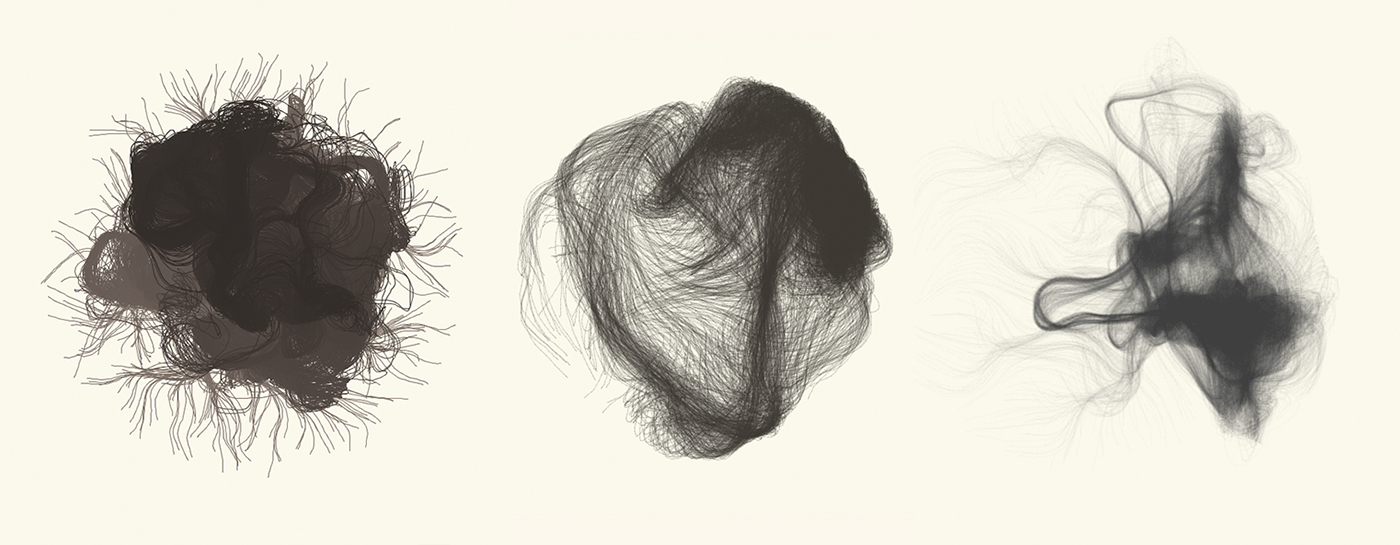
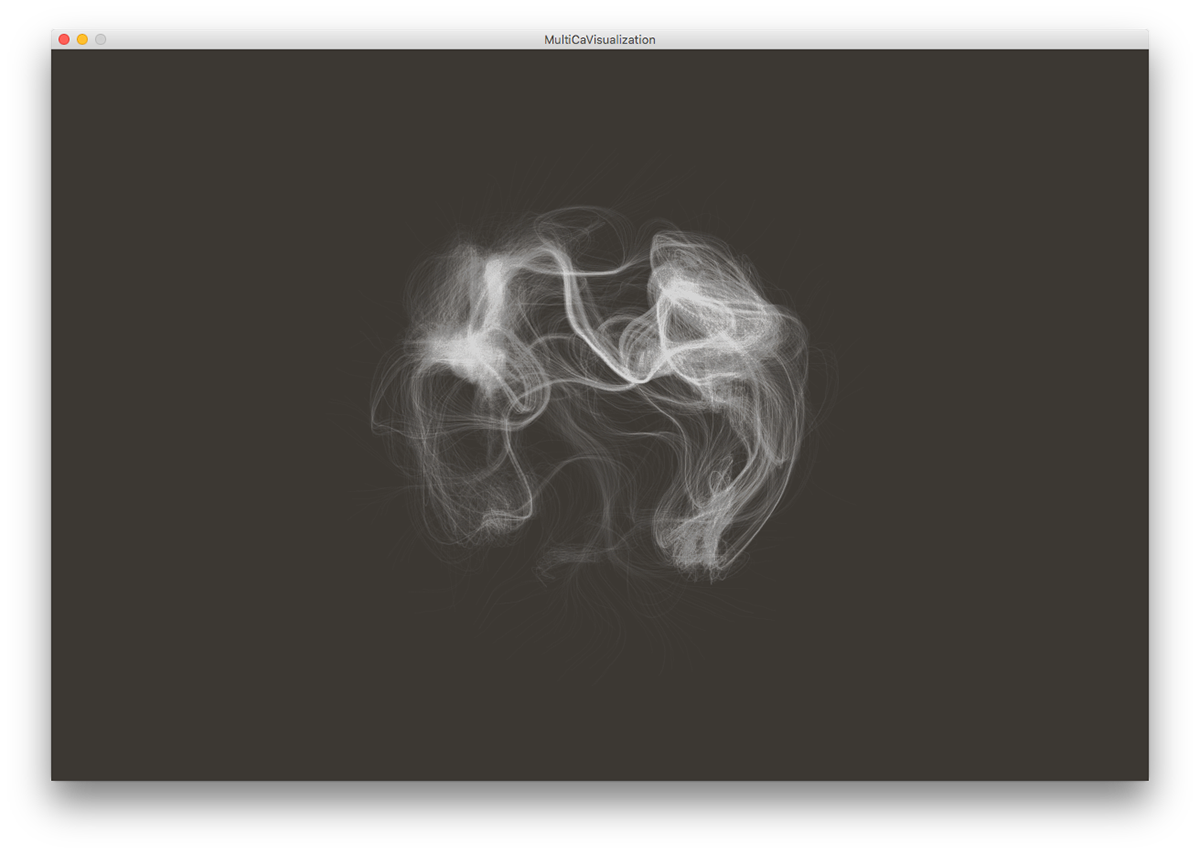


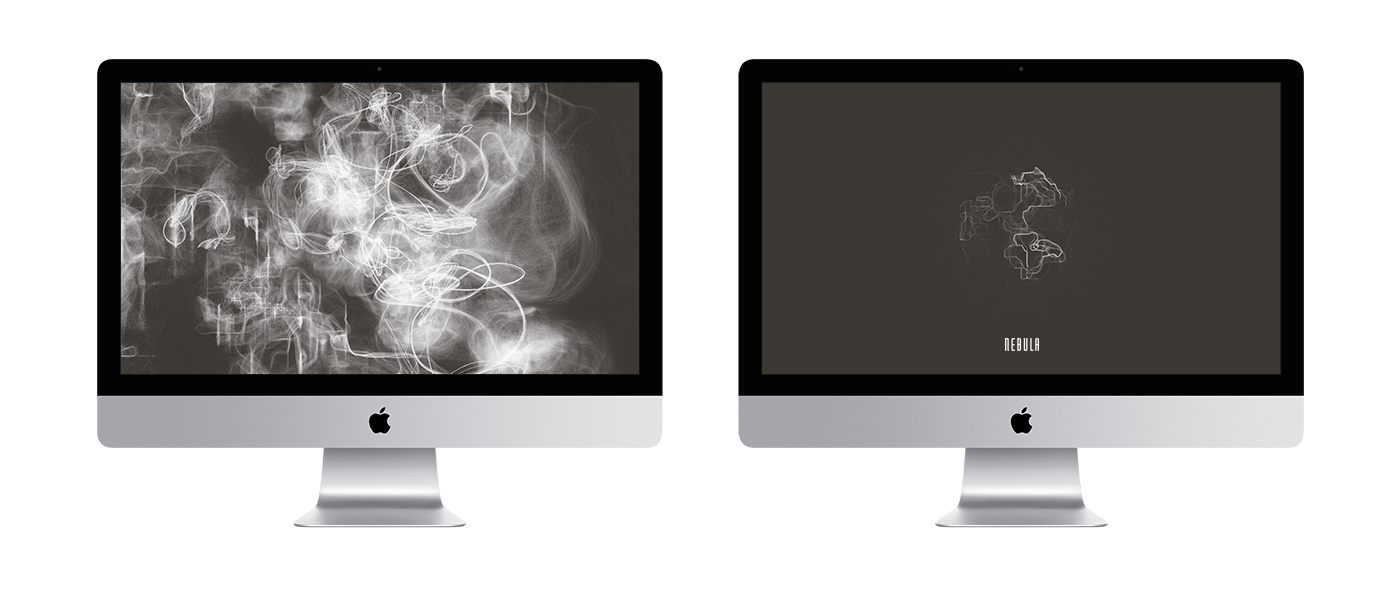
For the final exhibition we used two iMacs to first generate a single visual using our little scanner-box (right display) and then add it to the nebula (left display). After 1000 frames the generation would stop, so that the image can be saved as a transparent PNG. If you would then press a button on the left computer, the program would refresh all of the clouds and add the newest ones to the 3D world. A touch-tablet was used to navigate through the nebula, e.g. to zoom in and pan.

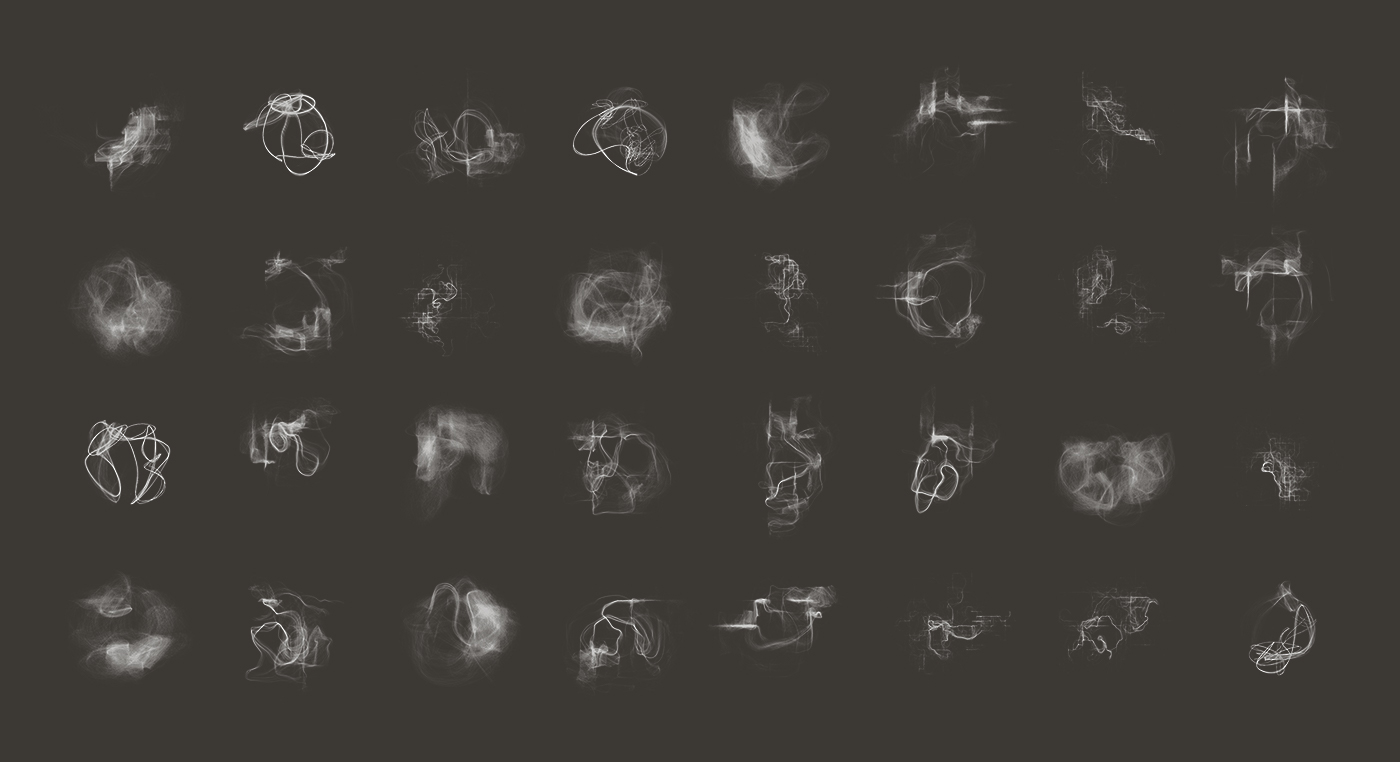




photo by Felix Paul Zelck



